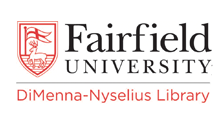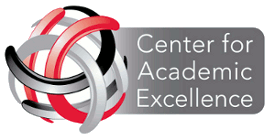Choosing effective multimedia simulations for learning
Location
Dolan School of Business Dining Room (104A)
Start Date
30-5-2013 5:15 PM
End Date
30-5-2013 6:30 PM
Session Type
Poster Presentation
Description
Molecules & Minds is in its 8th year of researching how to improve the effectiveness of simulations based on kinetic molecular theory. Our immediate goal is to help learners explore and understand observable, symbolic, and explanatory levels of representation through interactive multimedia resources that allow learners to control variables and pacing. Our key findings: big ideas need a simple design; icons work better than symbols; freedom to explore supports learning and engagement; problematizing narratives that bring science from the classroom into the everyday world lead to better learning outcomes; and that topic order may be important for learning, are presented.
Topic Designation
Teaching & Learning, Technology
Presenter Bio(s)
Steve Yavner is a PhD Candidate in Educational Communication and Technology at NYU/Steinhardt. He is a research assistant with the Molecules & Minds project at NYU, which focuses on the the use of multimedia simulations to teach high school chemistry, and with the WISE-MD project at the NYU School of Medicine/NYU Langone Medical Center, which focuses on the use of interactive multimedia to teach surgery to medical students. Steve spent 25 years as a broadcast journalist, and is an Adjunct Professor of Communication here at Fairfield. Steve holds an MSEd from the University of Miami (FL), and a BA from Williams College (MA).
Choosing effective multimedia simulations for learning
Dolan School of Business Dining Room (104A)
Molecules & Minds is in its 8th year of researching how to improve the effectiveness of simulations based on kinetic molecular theory. Our immediate goal is to help learners explore and understand observable, symbolic, and explanatory levels of representation through interactive multimedia resources that allow learners to control variables and pacing. Our key findings: big ideas need a simple design; icons work better than symbols; freedom to explore supports learning and engagement; problematizing narratives that bring science from the classroom into the everyday world lead to better learning outcomes; and that topic order may be important for learning, are presented.


